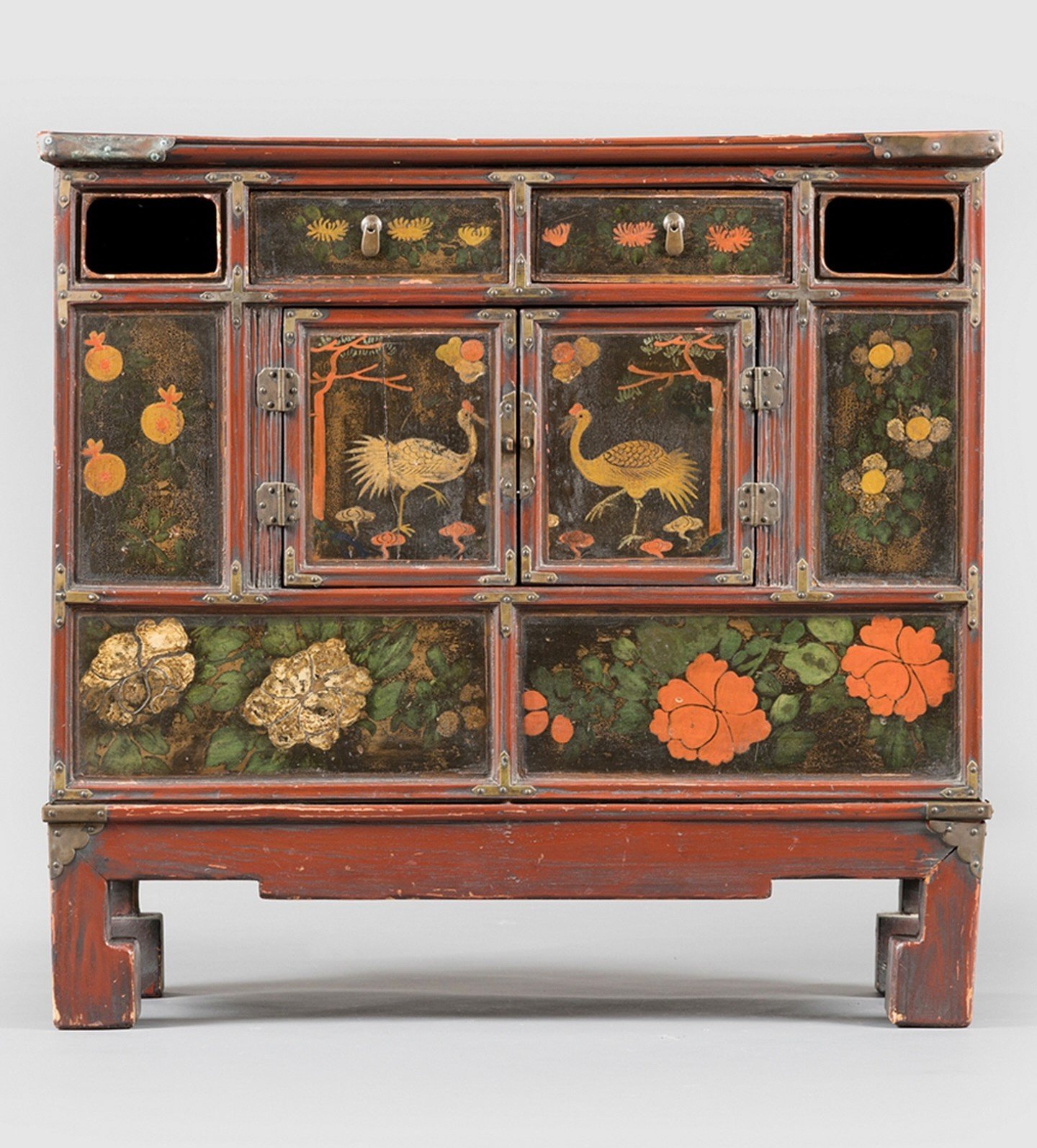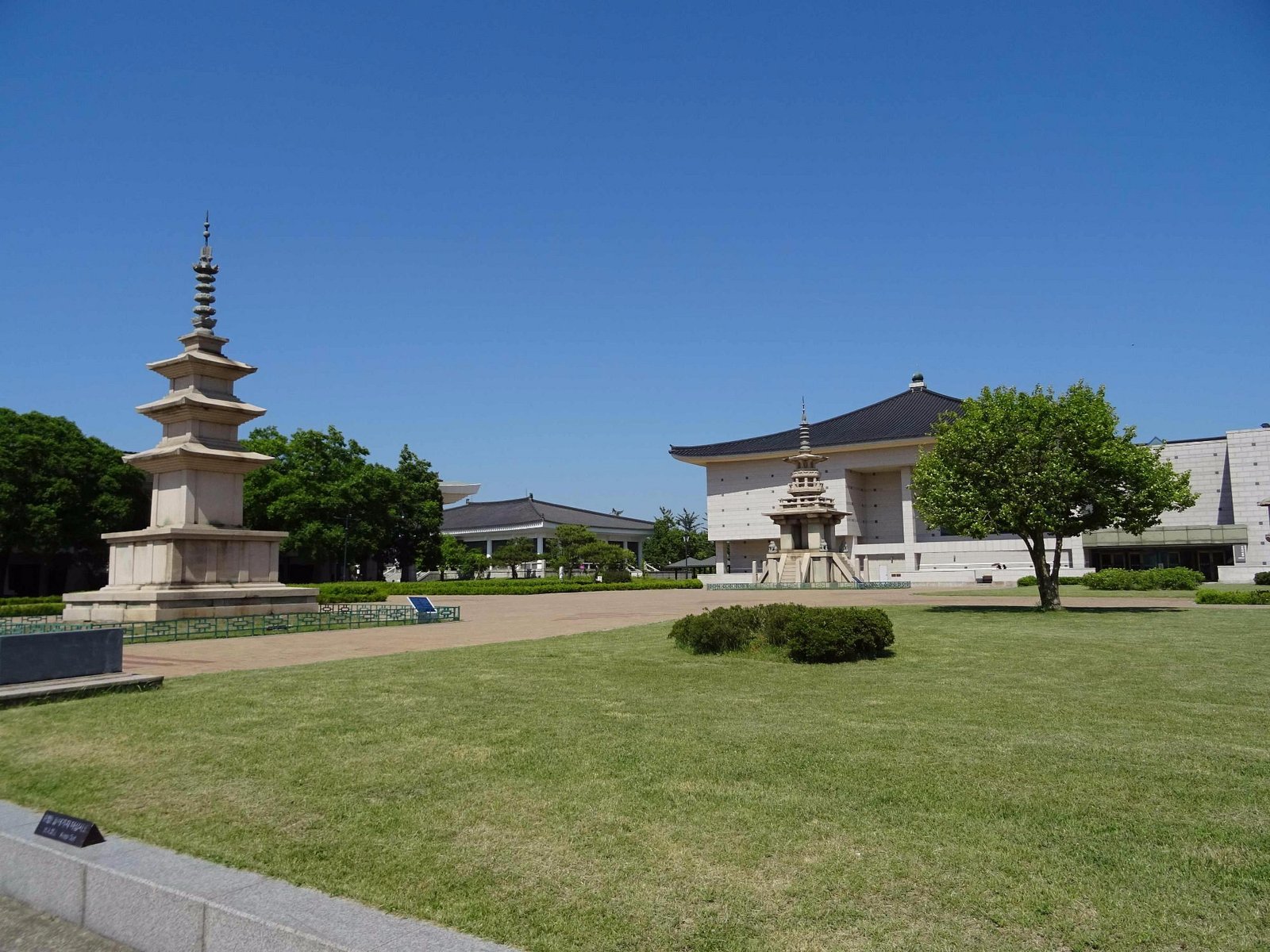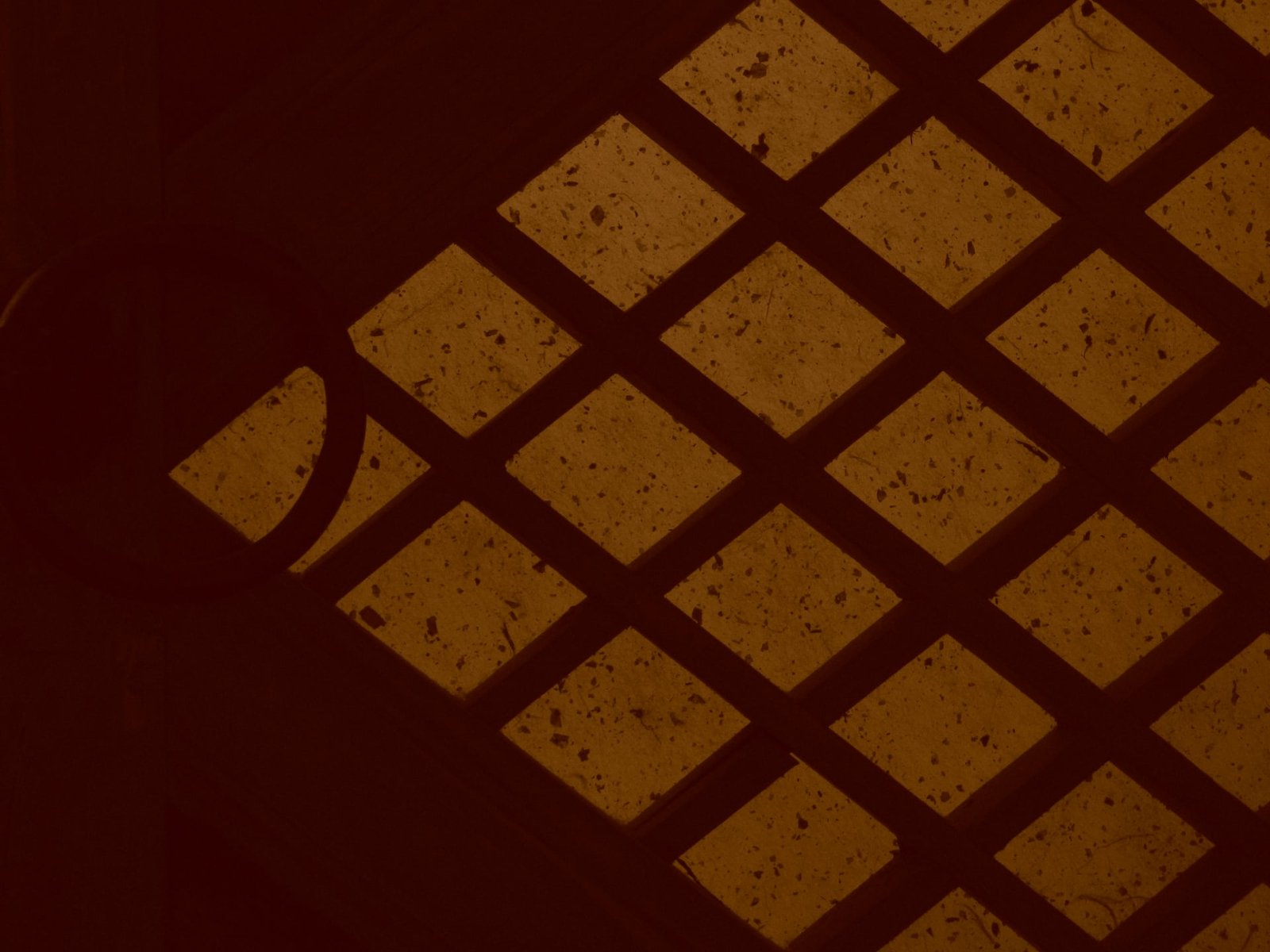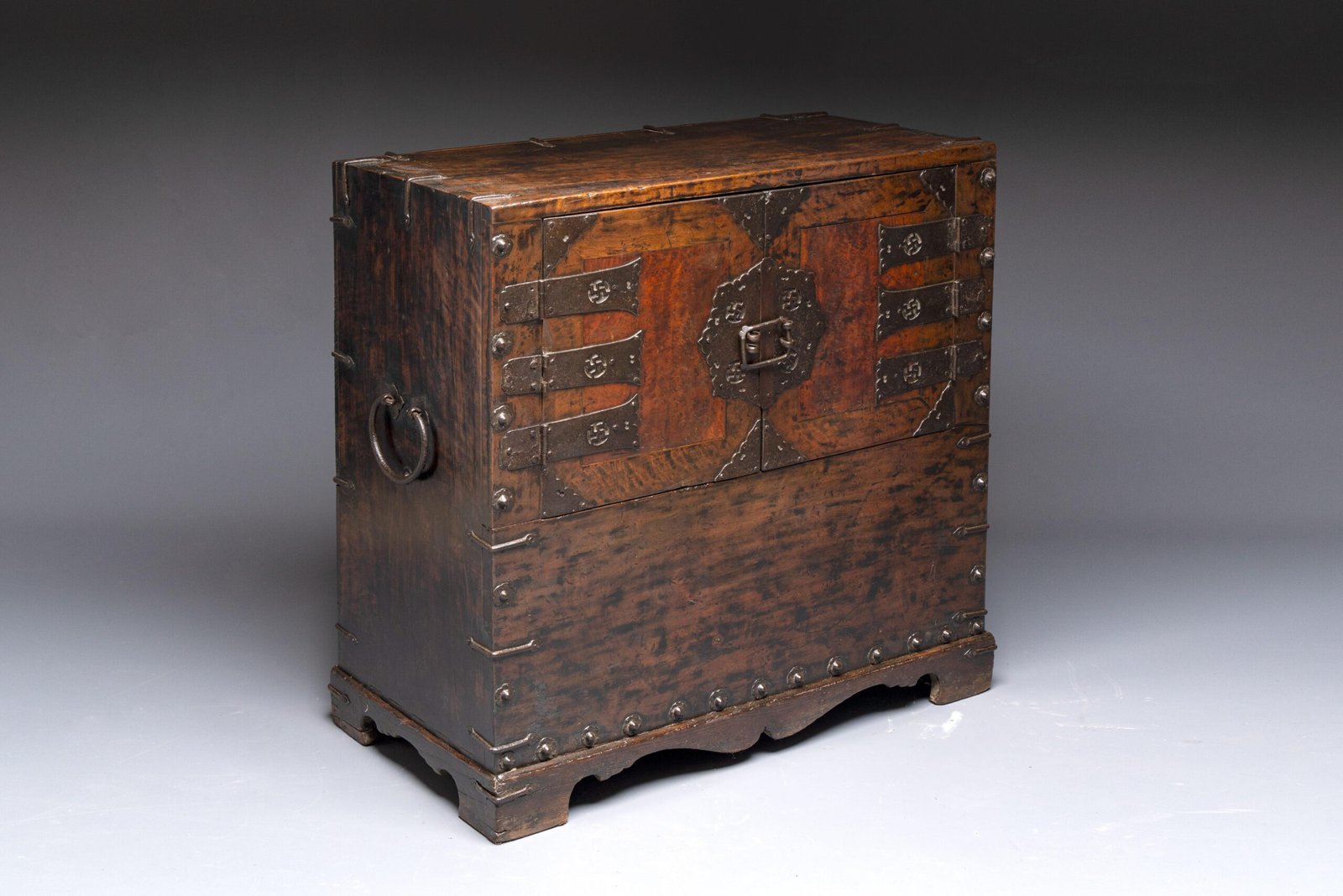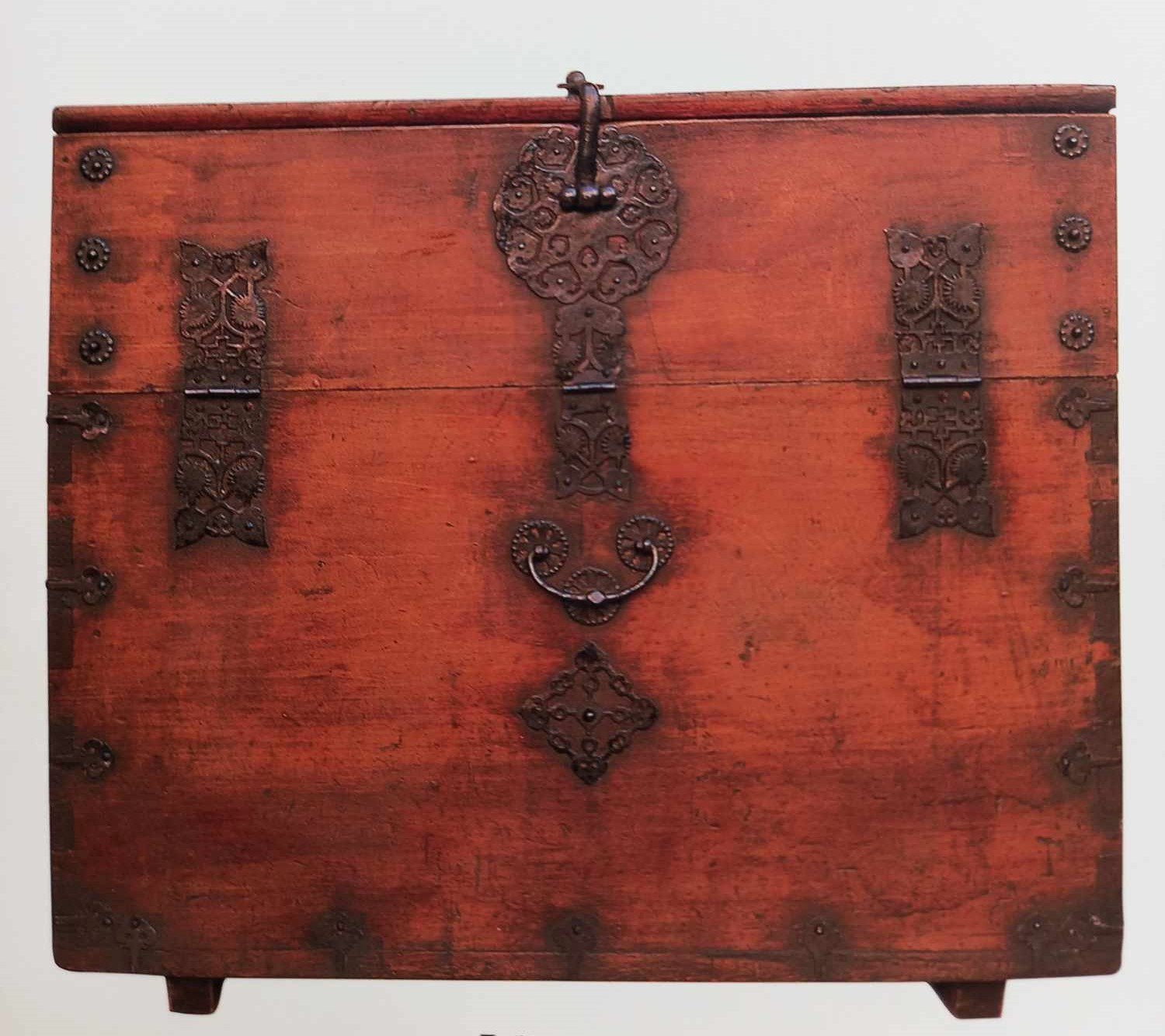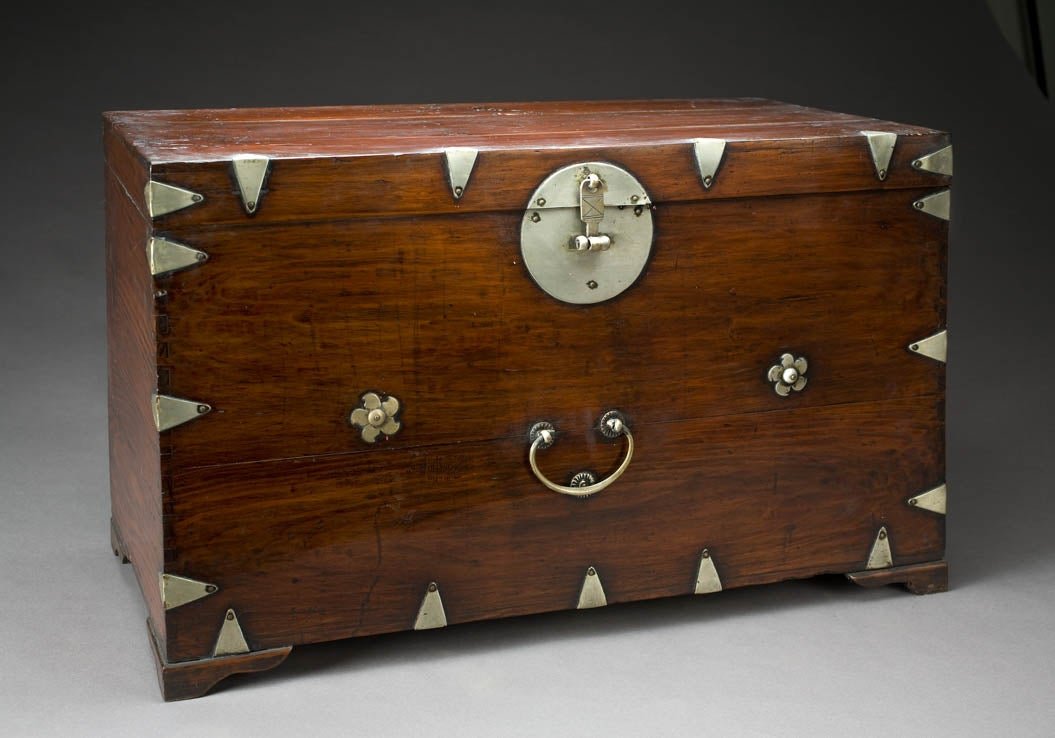Except for lacquered furniture, which was mostly reserved for the royal household and court members, very few pieces were painted in Korea during the Joseon dynasty. The taste of the period favored Neo-Confucian aesthetics that emphasized natural wood and restraint. In fact, sources and references on this subject are scarce. However some Korean antique furniture […]
